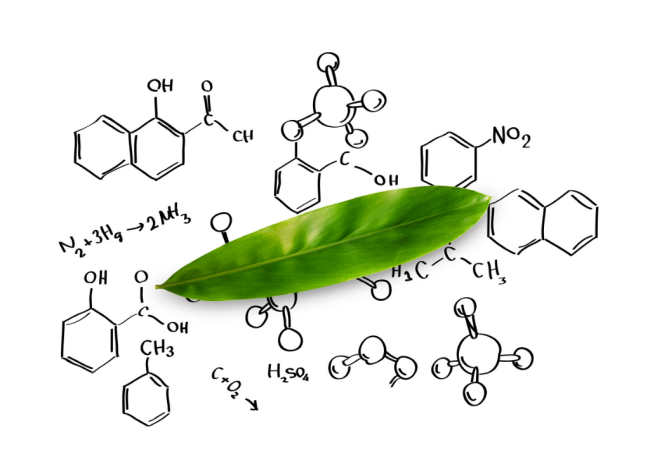Renewable Energy in Science Class: Chemistry
Chemistry is one of the core disciplines of science, defining the way that elements and compounds interact at the atomic level to create the wondrous variety of materials and substances that make up the physical world and our universe at large. Students of chemistry have to understand the interactions of electrons, solve chemical equations, and be able to perform reactions in a lab setting. And each of these skills can be taught through the medium of renewable energy.
Energy itself is a very important concept in chemistry, determining when reactants will just passively sit next to each other and when they will react, sometimes violently, to form a completely new substance with its own physical and chemical properties. Chemistry is likewise a very important field in the generation of electricity; batteries and other methods of chemically storing energy are an important part of any energy infrastructure.
This overlap between the fields of chemistry and renewable energy means that it’s easy to cover chemistry concepts and skills in the context of renewable energy. Here are just a few ideas for how renewable energy technologies and ideas can help students grasp content in a chemistry classroom:
1. Batteries rely on electrochemical processes to produce electricity. Batteries can be easily made with electrodes and a potato or lemon, and can lead to discussions and activities about redox reactions, reaction rates, and limiting reagents.
2. A hydrogen fuel cell works on the same principles as a battery and has the advantage of being easier to recharge. Some are even reversible, allowing students to study reversible reactions, redox reactions, and reaction energies in depth.
3. Solar cells rely on doped silicon semiconductors to produce electric current from sunlight. Analysis of solar cells can lead to discussion of ions, charge, and the movement of electrons in chemical processes.
4. Energy sources for vehicles, such as fuel cells, batteries, or even gasoline, require chemical reactions to function. Investigating the efficiencies of the reactions that drive them could lead students to better understand reactions yields, efficiency, and types of reactions.
There are many more ways to use renewable energy in a chemistry classroom. Feel free to share your ideas below.


